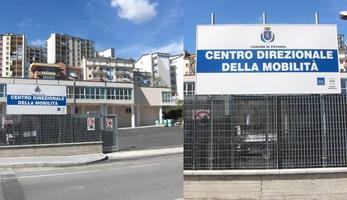Creating a Mobility Centre
Summary
The Mobility Centre was set up to integrate transport planning strategies and to coordinate mobility management measures.
Implementing sustainable mobility
Among its various mobility management initiatives, the Transport Department of Potenza created the town’s first mobility centre. The focus was on providing information to public and private companies and on raising public awareness of mobility issues. The Mobility Centre was designed to provide information on car pooling, demand-responsive transport solutions and road safety.
Additional activities included setting up company mobility offices and appointing mobility managers to help create home-to-work travel plans for commuting and business travel and to propose sustainable alternatives for company employees. The tasks of the mobility offices were to communicate with the Mobility Centre on common decisions about activities/services to be implemented; inform users about different mobility alternatives; distribute and analyse survey forms; and help to manage the implementation of the local mobility plan.
Progress
The Mobility Centre was temporarily located in the premises of the Transport Department. During the project a new location was selected, ensuring accessibility and visibility. The site chosen was close to the main access road into the town and close to the railway station. The new centre was equipped to be a meeting point for people involved in mobility processes; the head office of the Transport Department; the seat of the municipal police; the information technology coordination centre; and the taxi and dial-a-ride service call centre.
Mobility offices, coordinated by mobility managers, opened in each of the organisations involved in the project and training courses were completed for staff and mobility managers. Services were also launched for students.
Outcomes
The key results were the establishment of the Mobility Centre in its permanent location; and the analysis of surveys, which provided a better understanding of the potential for a modal shift towards public transport and away from the private car. The creation of the mobility offices and the appointment of mobility managers were completed late in the project period, which means that it was not possible to measure the impact of the workplace travel plans during the project period, although results could be predicted based on the findings of the pre-implementation surveys.









